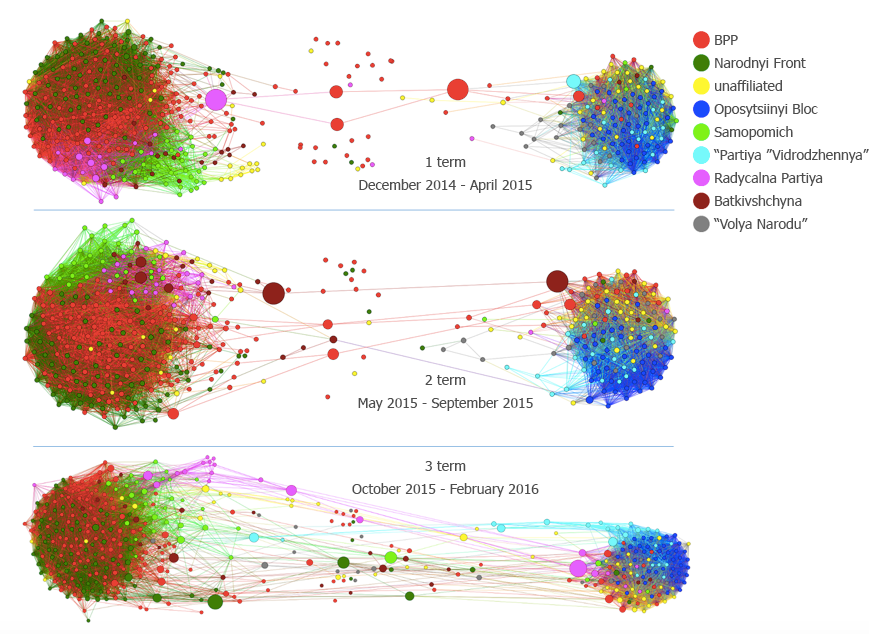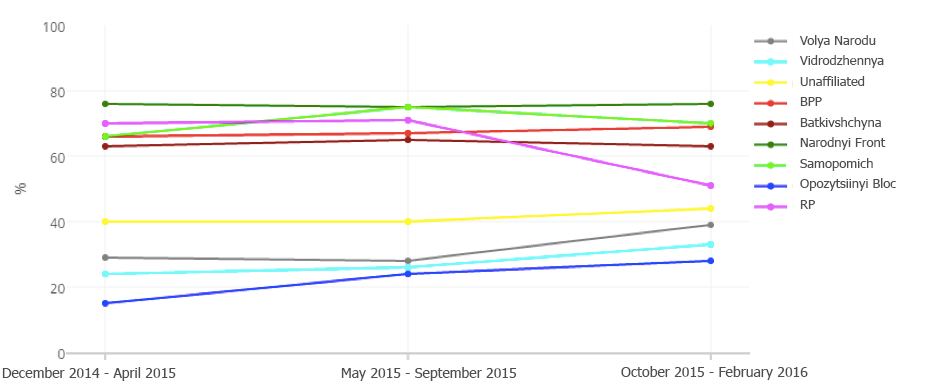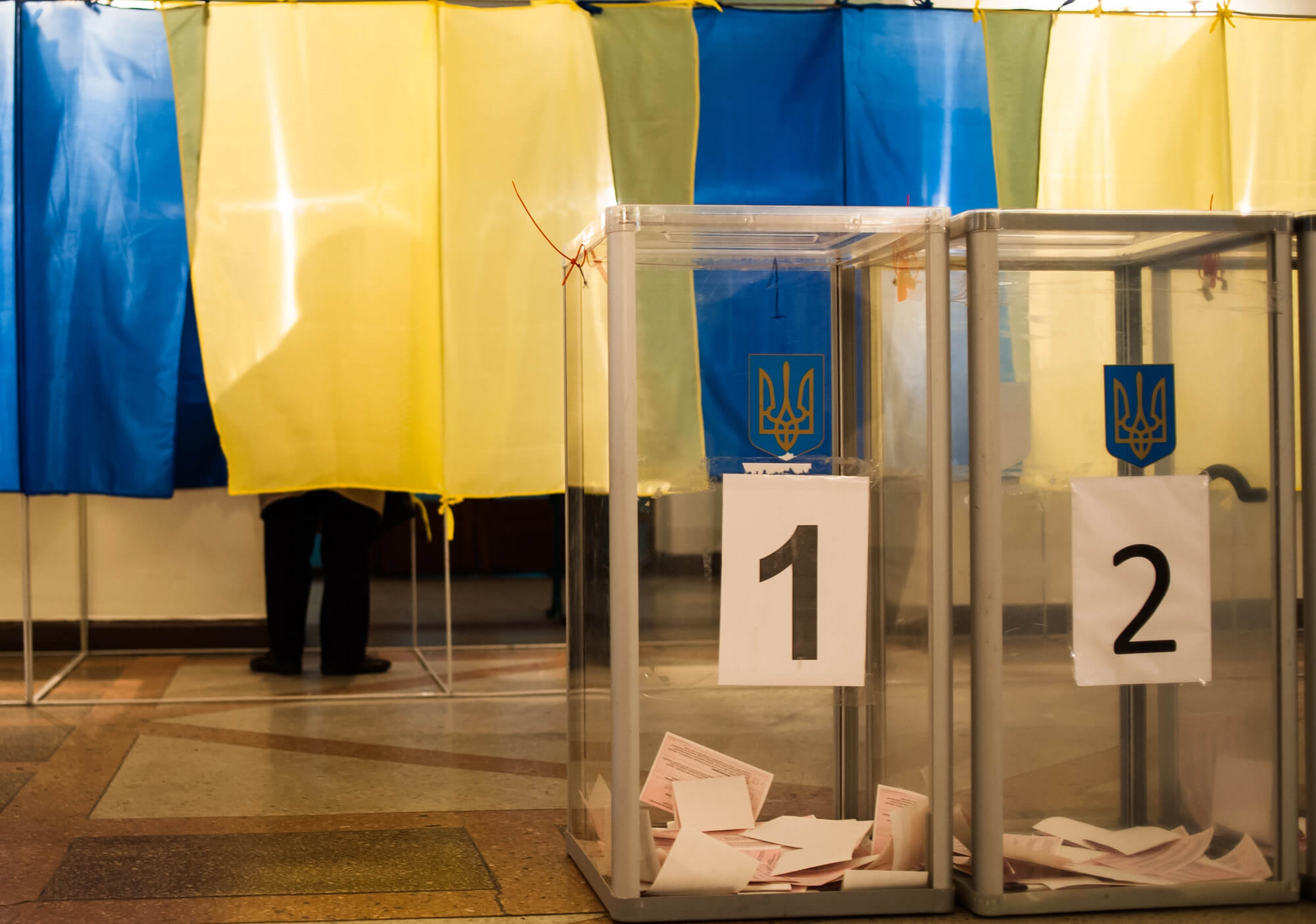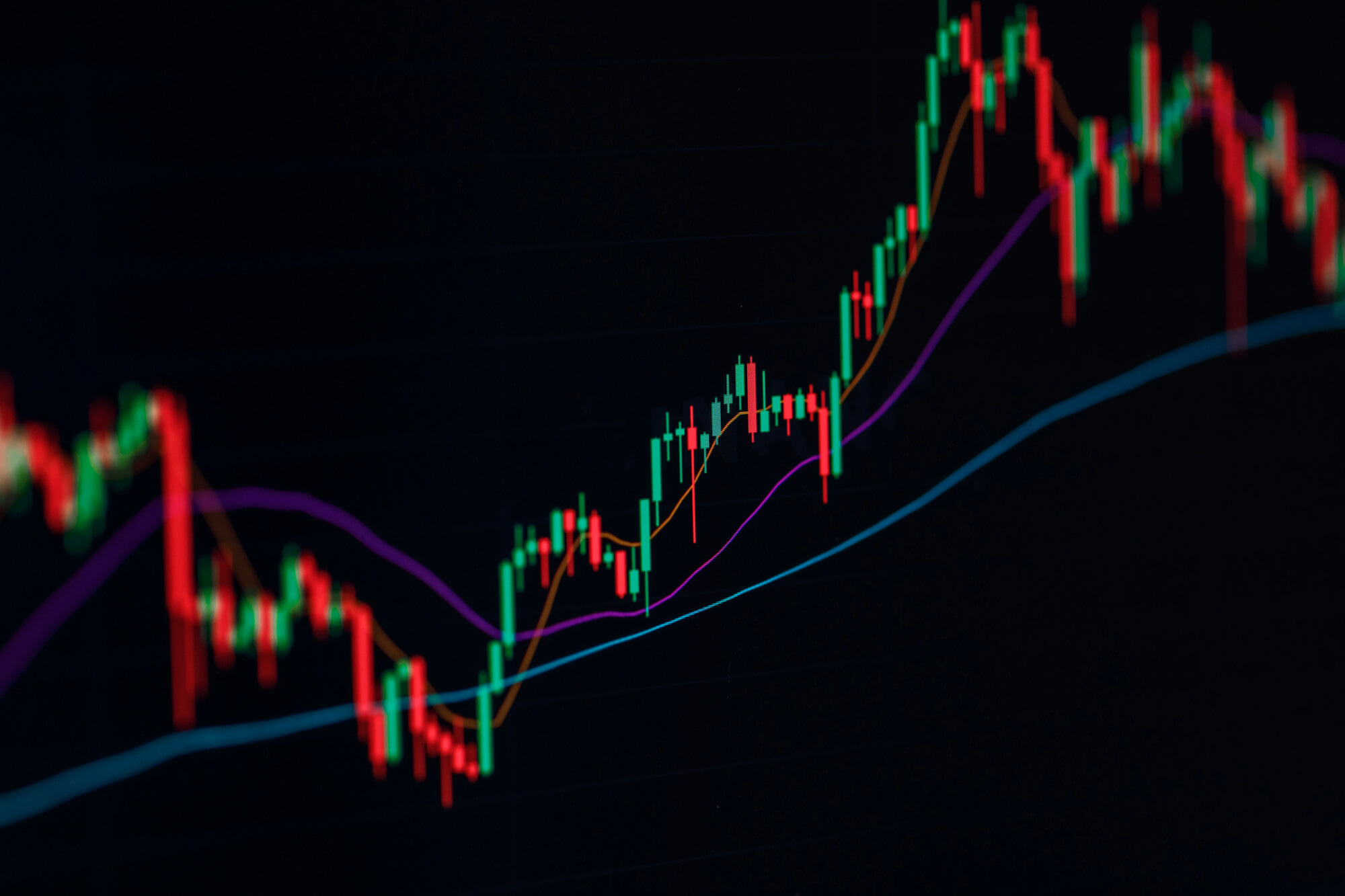VoxUkraine forecasts the potential composition of the future coalition inside the Ukrainian parliament, having analyzed the dynamics of real (not formally proclaimed) relations between the parliamentary groups. We have analyzed all important votes in the current parliament and discovered how the real coalition structure has been changing, which inter-faction links have weakened, and how the activity of MPs has been changing. What do the numbers reveal?
Is there a ruling coalition in Ukraine, and if not, when did it fall apart? A formal response may be given by those lawyers who understand the intricacies of Ukrainian parliamentarism. The speaker of the parliament has already provided an informal reply.
I do not have to announce the dissolution of the coalition, there are no such provisions. However, there are less than 226 MPs in the coalition at the moment. This means that it is dysfunctional, the Chairman Volodymyr Groysman declared on March 24.
The death of the “European Ukraine” coalition was confirmed on March 29, when the party “Batkivshchyna” (led by Yulia Tymoshenko) refused to re-enter it and the Radical Party of Oleh Lyashko has formally confirmed its earlier decision (made in September 2015) to leave the coalition.
What could the future coalition look like?
According to a pollby the Kyiv International Institute of Sociology, Batkivshchyna would win the parliamentary elections, if they took place in the middle of March (winning 18.6% of votes of those who would go to the polling stations). It would be followed by the “Opposition Bloc” (13.2%), “Petro Poroshenko Bloc” (11.4%), “Samopomich” (10.9%), and “Radical Party of Oleh Lyashko” (10.9%). The largest factions, BPP and “People’s Front” (PF), have lost much of their electoral support (almost 50% and more than 90% respectively). Therefore, it is precisely these two factions that are going to keep the coalition alive, as long as it suits them.
In order to identify a likely composition of the coalition, we have used the network analysis tools and analyzed the votes cast by MPs during the last three parliamentary sessions. We have exclusively considered votes for laws “as a whole”, since it is at this stage that MPs adopt or decline a draft law. These votes reveal the actual composition of the coalition and opposition in the parliament. There have been 1072 votes for draft laws “as a whole” during the three sessions of the sitting parliament.
First, we have analyzed the way the structure of the parliament has been changing over time. We have divided the relevant period (Dec 2014 – Feb 2016) in three equal intervals and constructed the network of votes for each interval (fig 1). You can find a more detailed information about the construction of voting networks in the article VoxUkraine Report on Voting Patterns in Rada: The Real Coalition and is Samopomich a Dissenter?
Figure 1. Voting networks in the Ukrainian parliament for two time intervals
We can make three conclusions based on the results:
- Given the correlation of voting at 67%, the structure of the parliament has not changed. Two clusters exist: the left one is “the de facto coalition”, and the right one is “the de facto opposition”.
- The number of MPs in the transitional zone is growing. Their voting patterns put them neither in “the de facto coalition” nor in “the de facto opposition” cluster.
- The number of connections between the left and the right clusters is growing. Moreover, while in the first time interval, the “de facto coalition” and “the de facto opposition” were linked just by two connections, there were hundreds of them in the third interval. This means that the cooperation between the “de facto coalition” and “de facto opposition” is getting stronger.
These data show that “the de facto coalition” keeps losing members, which makes it seek cooperation with “the de facto opposition”.
This argument is confirmed by the dynamics of the index of the plenary activity of parties. This index is calculated as the ratio of the sum of votes “for”, “against” or “abstained” to the total number of votes. The higher the index, the more often on average do MPs of a given party actually cast their vote (fig. 2).
Figure 2. The Index of plenary activity of factions
The indicators of BPP, PF, Batkivshchyna, independent MPs and Samopomich are quite similar. The index of PF has fallen most – from 70 to 51%. MPs of this faction stopped supporting the “de facto coalition” in 2015, after announcing the withdrawal from the coalition. Yet this drop has been compensated by the rise of the indices of the group “People’s Will” (by 10%), “Revival (Vidrodzennia) Party” (by 9%) and the Opposition Bloc (by 13%).
Another indicator of the structure of the parliament is the number of connections between the MPs of different factions. There is a link between two given MPs, if their votes correlate by more than 67%. The Table 1 depicts the change in the number of interconnections between MPs for different factions.
Table 1. The number of interconnections between the MPs of different factions
| term | BPP, NF and «de facto coalition» | BPP, NF and minority coalition factions | BPP, NF and Samopomich | BPP, NF, RP | BPP, NF, Batkivshchyna |
| 1 (Dec. 2014-Apr. 2015 | 1108 | 2745 | 923 | 1333 | 489 |
| 2 (May 2015-Sept. 2015) | 1577 | 2837 | 1387 | 835 | 615 |
| 3 (Oct. 2015 -March 2016) | 1585 | 1900 | 1036 | 187 | 677 |
The data in the table demonstrate that the number of connections between the MPs of BPP, PF and “the de facto opposition” (“Opposition Bloc”, the “People’s Will”, “Revival (Vidrodzennia)” groups and independent deputies) rose by 43% in the third interval in comparison to the first one, while the number of connections between BPP, PF and smaller parliamentary party (Samopomich, Batkivshchyna, RP) fell by 30% in the same period. Yet the contribution of each faction to this fall in the number of connections was different. For example, in the third period, in comparison to the second one, the number of connections between BPP, PF and Samopomich dropped by more than 33%. The same indicator for BPP, PF and RP fell by as much as 86%. At the same time, the number of connections between BPP, PF and Batkivshchyna grew by 38%. This shows that the latter faction, in contrast to the former two, is getting nearer to “the de facto coalition”.
Forecast
According to the Constitution of Ukraine, in order to be legitimate, the coalition has to include at least 226 members. As BPP and PF are not willing to face unscheduled parliamentary elections, these two factions are going to take two vacant places in the coalition.
Given the dynamics of the aforementioned indicators, the RP is not going to be part of the coalition. Therefore, the two possible options are Samopomich and Batkivshchyna. Most probably, despite the tough preconditions for joining the coalition, set by Yulia Tymoshenko, her faction is going to take the third place. Firstly, the dynamics of the aforementioned indicators for her faction is more conducive to joining the coalition, than for Samopomich. Secondly, “Batkivshchyna” is more cohesive as a faction and does not expel its leading MPs, punishing them for indiscipline.
Thus, we get BPP (137) + PF (81) + “Batkivshchyna” (19) = 237 members. It is also possible that seven independent MPs from the informal group “Svoboda” join the new coalition in exchange for some political dividends. We have underlined their cohesion in the article VoxUkraine Report on Voting Patterns in Rada: The Real Coalition and is Samopomich a Dissenter? A certain insurance mechanism will be provided by the cooperation with “the de facto opposition”. This argument is supported by an increase in the number of connections between the MPs of BPP, PF and “the de facto opposition” MPs.
Attention
The author doesn`t work for, consult to, own shares in or receive funding from any company or organization that would benefit from this article, and have no relevant affiliations





